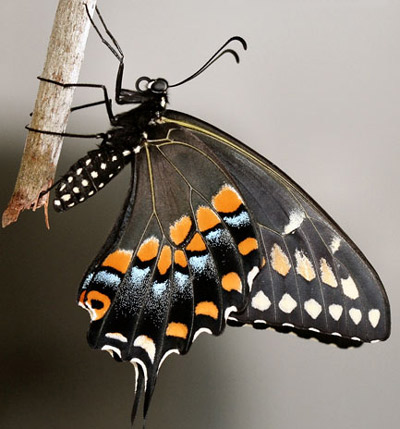Four years ago when coyotes started eating
small pets in our town, I launched my misadventure with a plastic closed
composter. My advice: don’t waste your money on this type of bin.
My
motive was altruistic. Wildlife officials pointed out that coyotes are
omnivores, quite willing to snack on carrot tops or apple cores on open compost
piles. I didn’t want to invite predators to my block by putting out a coyote
smorgasbord of fruit and vegetables.
 |
| On the prowl for watermelon rinds |
In
November 2011 I ordered a black plastic bin recommended by a Master Gardener I’d
consulted. It was a wide, bottomless cylinder about 3 feet tall, tapering
slightly toward the top, equipped with numerous air vents and a locking lid.
| My compost bin was not unlike this one |
Throughout that mild winter, I dropped plant waste from the kitchen into the
bin, covering the scraps with a layer of dry leaves or paper shreds to provide
carbon and to keep the compost from being too wet.
As
soon as the weather warmed up that spring, something chewed a hole through the
back of the plastic bin starting at one of the ventilation slits. The hole
gradually enlarged to a rough-edged oval around 2 by 3 inches. So now I was
feeding a small animal—could it be a chipmunk or a rat?
 |
| I never saw the animal that gnawed a hole in the bin |
I
tried to block the hole by fitting a broken flower pot against it inside the
bin. The intruder just enlarged the
opening. Meanwhile, the rate of
decomposition inside the bin was unimpressive.
The top level of scraps gradually dropped, indicating some progress (or
prodigious work by rodents), but I certainly wasn’t seeing any “black
gold.” After eighteen months with no apparent
compost developing, I gave up and stopped adding to the bin.
Two
years after I’d started, I lifted the black cylinder off the pile, revealing an
uninspiring mound of hard half-made compost studded with undecomposed egg
shells. I pulled out the egg shells and buried them in the nearby open compost
pile. I plunged my spade into the remaining lump, and that’s when I realized
that the bottom 3 inches was a mat of roots. I should have lined the bottom of
the bin with landscape fabric.
So
after two years, I had about a half bushel of black, dry, partially decomposed
food waste. It didn’t look like it would
attract animals, so I chopped it up and dumped it in a corner of the vegetable
bed, hoping it would do some good next year.
This
was a far cry from bin manufacturers’ bold promises of finished compost in
sixty days! I threw the smaller parts of
the plastic bin in the trash but couldn’t fit in the main cylinder. That would
have to wait until the Public Works Department came to pick up large
items. Even getting rid of the bin was
inconvenient. At least I hadn’t attracted any coyotes.
Tune
in next week for a cheaper way to keep food waste away from animals.














